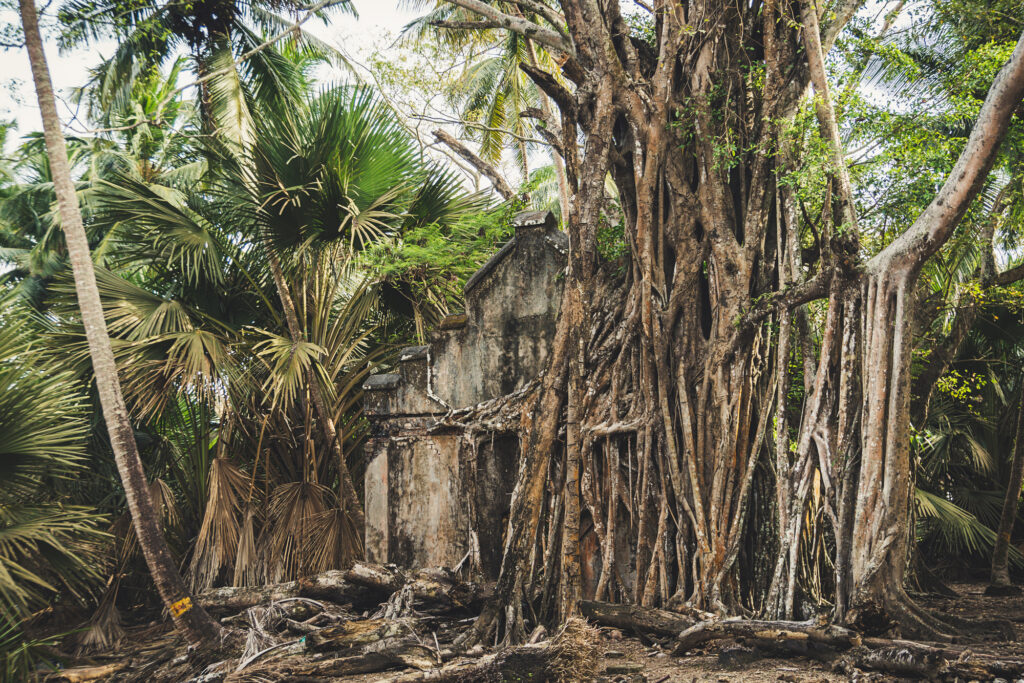10 Abandoned Places Where Nature Took Over in the Most Surprising Ways

Where Mother Earth is Taking It All Back
There’s something hauntingly beautiful about places left behind. Time slows, people vanish, and nature steps in—creeping through cracks, toppling walls, and turning concrete into mossy ruins. Around the world, abandoned buildings, towns, and entire islands have been overtaken by vines, trees, and silence. These ghostly destinations prove that when humans move on, nature always finds a way to reclaim her space.
Here are 10 eerie yet stunning places where nature is writing the final chapter.
1. Pripyat, Ukraine – The City Frozen in Time

Once a bustling Soviet city of nearly 50,000 residents, Pripyat was evacuated overnight after the 1986 Chernobyl disaster. Today, nature has taken over completely. Trees grow through apartment windows, vines creep along rusted playgrounds, and wolves prowl empty streets. It’s both chilling and oddly peaceful. Guided tours reveal how quickly a city can fade into the forest.
2. Kolmanskop, Namibia – A Desert-Swallowed Diamond Town

Kolmanskop was once a thriving diamond mining settlement in the Namib Desert, but it was abandoned in the 1950s when resources dried up. Today, sand dunes fill the rooms of its crumbling buildings, creating a surreal fusion of house and desert. Sunlight floods through broken windows, casting long shadows across the sand-covered floors. Nature doesn’t just reclaim here—it reshapes everything.
3. Hashima Island, Japan – The Ghost Fortress at Sea

Nicknamed “Battleship Island,” Hashima was once a coal-mining powerhouse off Japan’s coast. In the 1970s, as oil replaced coal, the island was abandoned—almost overnight. Now, cracked concrete towers sit empty while the sea pounds its perimeter. Greenery pushes through the ruins, and birds nest where families once lived. The contrast of industrial decay and creeping vegetation is striking.
4. Craco, Italy – A Medieval Cliffside Left Behind

Perched dramatically on a hilltop in southern Italy, Craco has seen everything from landslides to earthquakes to invasions. The final evacuation came in the 1960s, leaving behind a silent medieval village. Now, ivy clings to ancient stone walls, and wildflowers grow where markets once buzzed. The town feels like a movie set—but it’s real, and nature is the star.
5. Angkor, Cambodia – A Jungle-Tangled Temple Empire

While Angkor Wat remains well-preserved, many of the surrounding temple complexes have been overtaken by the jungle. Towering trees stretch their roots over temple walls, while vines wrap around centuries-old carvings. The atmosphere is ethereal, like nature and history are holding hands. Ta Prohm, in particular, feels like something out of an adventure novel—because it basically is.
6. Bannerman Castle, New York, USA – Ruins on the Hudson

Built on a small island in the Hudson River, Bannerman Castle once stored military surplus—but it’s been crumbling since the early 20th century. Nature has stepped in with moss, ivy, and brush reclaiming the gothic ruins. Today, the shell of the castle is as much a garden as it is a structure. Accessible only by boat, it’s a hauntingly poetic place to explore.
7. Houtouwan, China – A Village Swallowed by Green

Located on Shengshan Island off China’s coast, Houtouwan was abandoned in the 1990s due to resource shortages. Now, thick ivy and moss cover nearly every building. Entire homes have been swallowed whole, turning the village into a green labyrinth. It’s a powerful reminder that when people leave, nature wastes no time moving in.
8. Ross Island, India – The Jungle-Covered Colonial Capital

Once the British administrative headquarters in the Andaman Islands, Ross Island was left to the elements after World War II. Today, tropical trees burst through church roofs and cling to brick walls. Peacocks and deer now wander freely where British officers once strolled. It’s an eerie blend of colonial history and untamed jungle beauty.
9. Château Miranda, Belgium – A Gothic Fairytale in Ruin

Château Miranda, also known as Château de Noisy, was a grand neo-Gothic castle that fell into disrepair after being abandoned in the 1990s. Before its recent demolition, the once-elegant halls were filled with fallen beams and crawling vines. Fog often lingered around its towers, giving it a fairytale feel—with a dark twist. Though now gone, images of it remain a striking example of nature’s slow, steady takeover.
10. San Juan Parangaricutiro, Mexico – A Church Amid Lava

In 1943, the Parícutin volcano erupted in Michoacán, burying everything in lava except the top of a church. Today, that lone bell tower juts from the black rock like a monument to resilience. Moss and shrubs grow from the cooled lava, and the church ruins are surrounded by greenery. It’s a surreal and sacred reminder of nature’s might.






